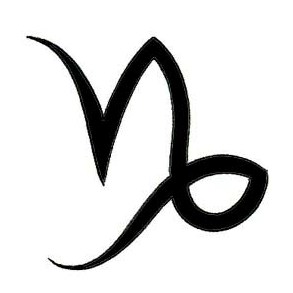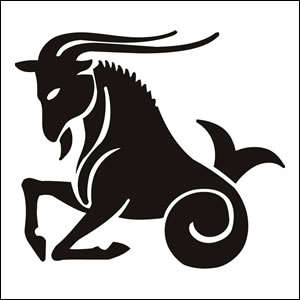JUPITERASC
Well-known member
Indeed - when most people thought the universe was a living beingIn Hellenistic astrology it was also known as a moist/watery sign alongside Cancer, Aquarius and Pisces
- Dorotheus, Ptolemy, Hephaistio, Palchus and others.
Capricorn is universally licentious, but it is infertile according to most authors
not because of Saturn, but because the image does not look to be able to have children
(Sagittarius is infertile according to some for the same reason, even though
Jupiter otherwise signifies fertility).
Quote:
The constellation and sign are two different things.
That's a shame. Signs were also once images/living beings.
it was "The Norm" to imagine tiny points of light they saw in the night sky
as being grouped into separate, distinct sets of 'Images'.
These 'Images' were made up of separate stars which
- in the opinion of the ancient people of this planet

- seemed to be grouped together.
Thousands of years ago, on various parts of the planet Earth
different cultures imaginatively 'connected the dots' of the tiny points of light
that they thought were close to each other
and personified them as 'Mythical Beings'
and narrated stories about the lives of these Mythical Beings.
The Mythical Beings and the stories of their lives
varied from culture to culture.
Different cultures imagined different images in the patterns
of the stars of the night sky.
The ancient people of this planet did not know
that these tiny points of light were hundreds
- perhaps even thousands
- of light years distant from each other.
Former constellations
are constellations that are no longer recognized
by the International Astronomical Union
for various reasons.
Many of these constellations existed for long periods of time
even centuries in many cases
which means they still have a large historical value
and can be found on older star charts. http://en.wikipedia.org/wiki/Former_constellations
The oldest description of the constellations as we know them
comes from a poem called Phaenomena
written by Greek poet Aratus 270 B.C.
and it is clear from the poem that the constellations mentioned
originated long before Aratus' time.
Some detective work reveals a plausible origin.
Firstly, Aratus' constellations excluded any near the south celestial pole
because that was always below the horizon of the ancient constellation-makers.
From the size of this uncharted area of the sky
we can determine that the people responsible for the original constellations
lived near a latitude of 36° north which is south of Greece
and north of Egypt
but similar to the latitude of the ancient Babylonians and Sumerians.
Because of a "wobble" of the Earth's axis of rotation
the position of the celestial poles changes slowly with time
- which is a phenomenon known as precession.
The constellation-free zone is not centered exactly on the south celestial pole
instead the uncharted area is centered on the place in the sky
where the south celestial pole would have been around the year 2000 B.C.
This date matches the time of the Babylonians and Sumerians.
So it seems likely that the Greek constellations originated
with the Sumerians and Babylonians.
From there, knowledge of the constellations somehow made its way to Egypt
- perhaps through the Minoans on Crete who had contact with the Babylonians
and settled in Egypt after an explosive volcanic eruption
destroyed their civilization, and from there early Greek scholars first heard
about the constellations and wrote about them.
http://www.physics.csbsju.edu/astro/...ation.faq.html
When most ancient cultures looked at the night sky
they saw 'pictures' aka 'Images' in the stars.
The earliest known efforts to catalogue the stars date to cuneiform texts
i.e. Sumerian/Babylonian/Assyrian texts and artefactsdating back roughly 6000 years.
These remnants, found in the valley of the Euphrates River
suggest that the ancients observing the heavens
saw the lion, the bull, and the scorpion in the stars.
a link to a web page on origins of writing in Mesopotamia
http://www.mesopotamia.co.uk/writing/story/sto_set.html



